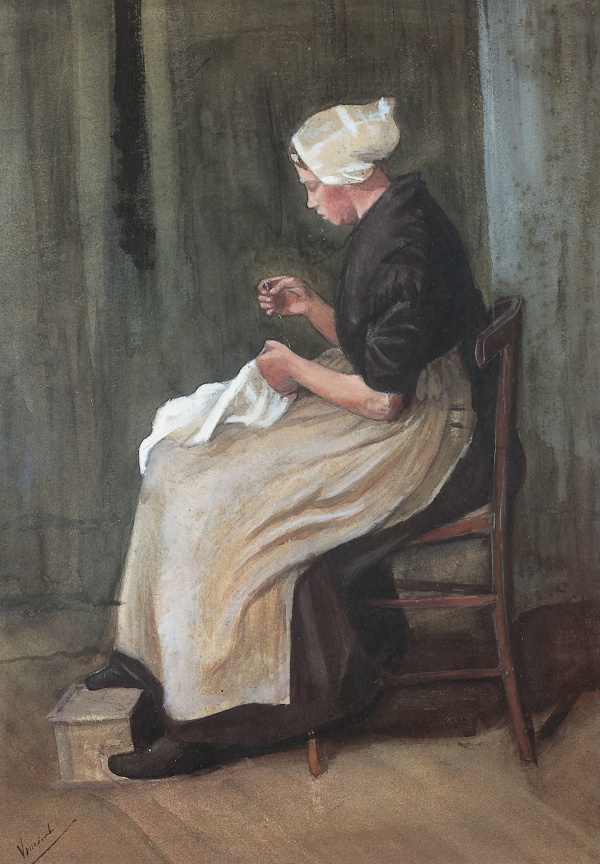Facts About Peasant Character Studies (Van Gogh series)
"Peasant Character Studies" is an engrossing series by Vincent van Gogh, crafted between 1881 and 1885. Van Gogh's deep admiration for peasants and the working class drew inspiration from artists like Jean-François Millet, shaping his belief that depicting these subjects was pivotal for the progression of modern art. Consequently, he concentrated on illustrating the lives of farmers, weavers, and fishermen in the Netherlands and Belgium, making these character studies an integral part of his artistic development during this period.
Van Gogh's fascination with peasants and manual laborers originated from his profound desire to serve others, particularly those engaged in physical work. He considered it vital to depict the dedication and hard work of laborers, perceiving a parallel between their focused efforts and the concentration required in painting. Additionally, he was captivated by the intrinsic connection between peasants and nature, symbolized by activities such as sowing and harvesting.
The effects of industrialization on rural life and landscapes were a significant concern for Van Gogh. He observed how industrial advancements were altering the traditional way of life for many. This transformation of the landscape and the livelihoods of the working poor profoundly influenced his artistic perspective and choice of subjects.
During this period, Van Gogh's works frequently featured somber colors and realistic depictions of peasant life. Paintings like "The Potato Eaters" encapsulated the essence of this lifestyle through meticulous character studies. He explored gender roles in his artworks, highlighting the various activities and responsibilities of women and men in rural communities, from cooking and farming to weaving and sewing.
Through his art, Van Gogh aspired to convey the spirit and essence of peasant life, often immersing himself in their environment to authentically capture their experiences. His works reflected his deep empathy and respect for the working class, emphasizing the nobility and resilience of individuals engaged in manual labor. The series of paintings and studies he created during this time exemplify his dedication to portraying the everyday lives of peasants and laborers with honesty and compassion.

 Luxembourg
Luxembourg